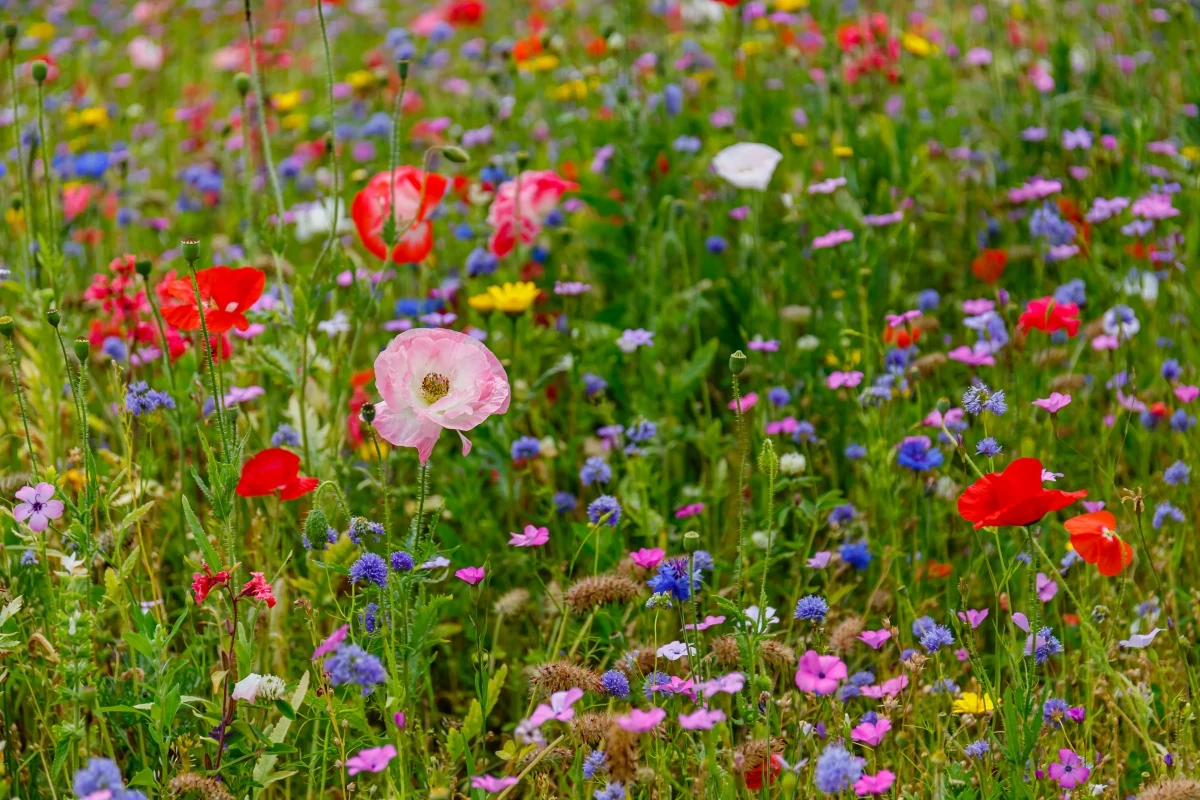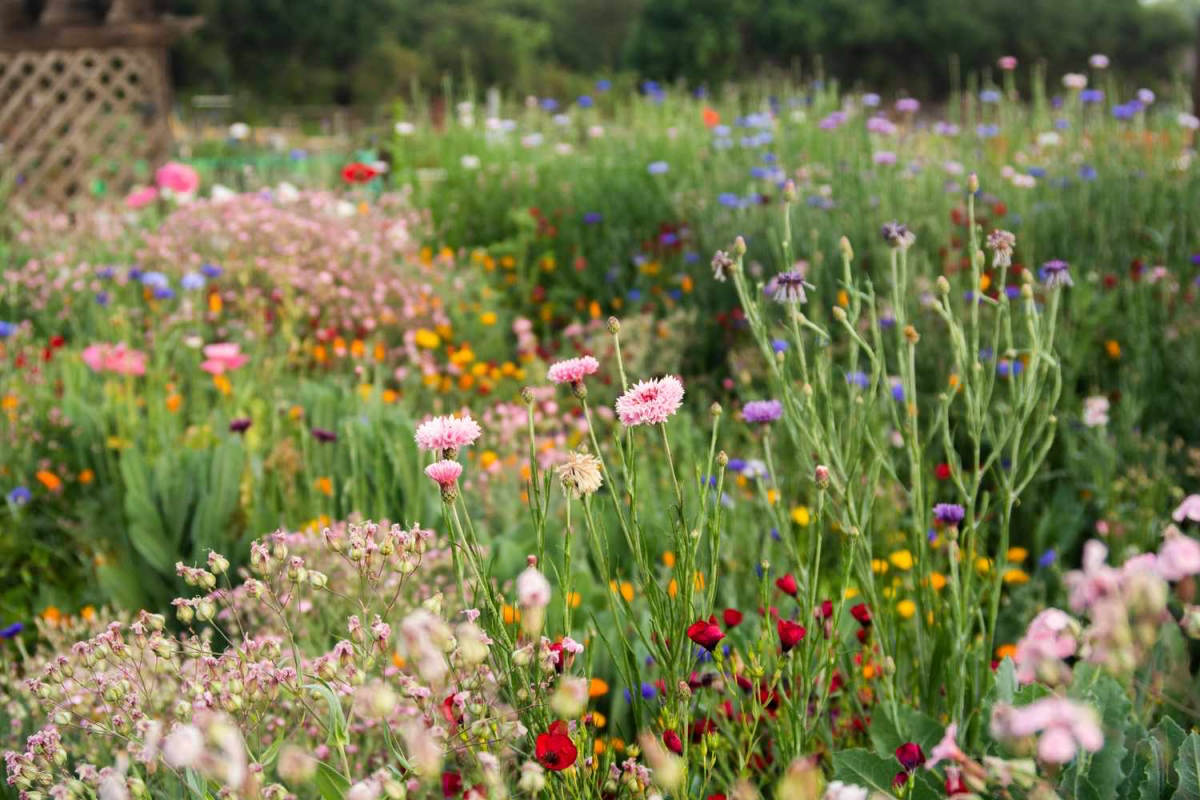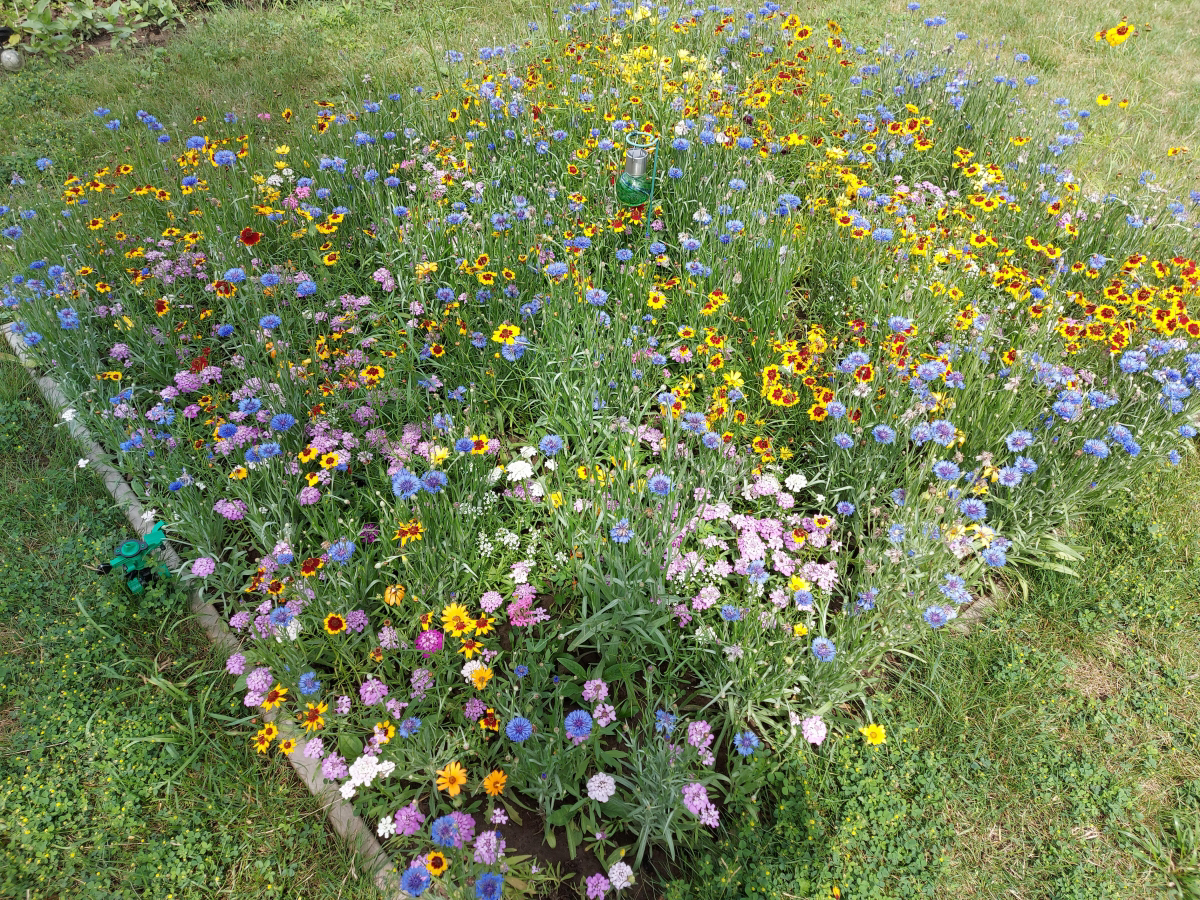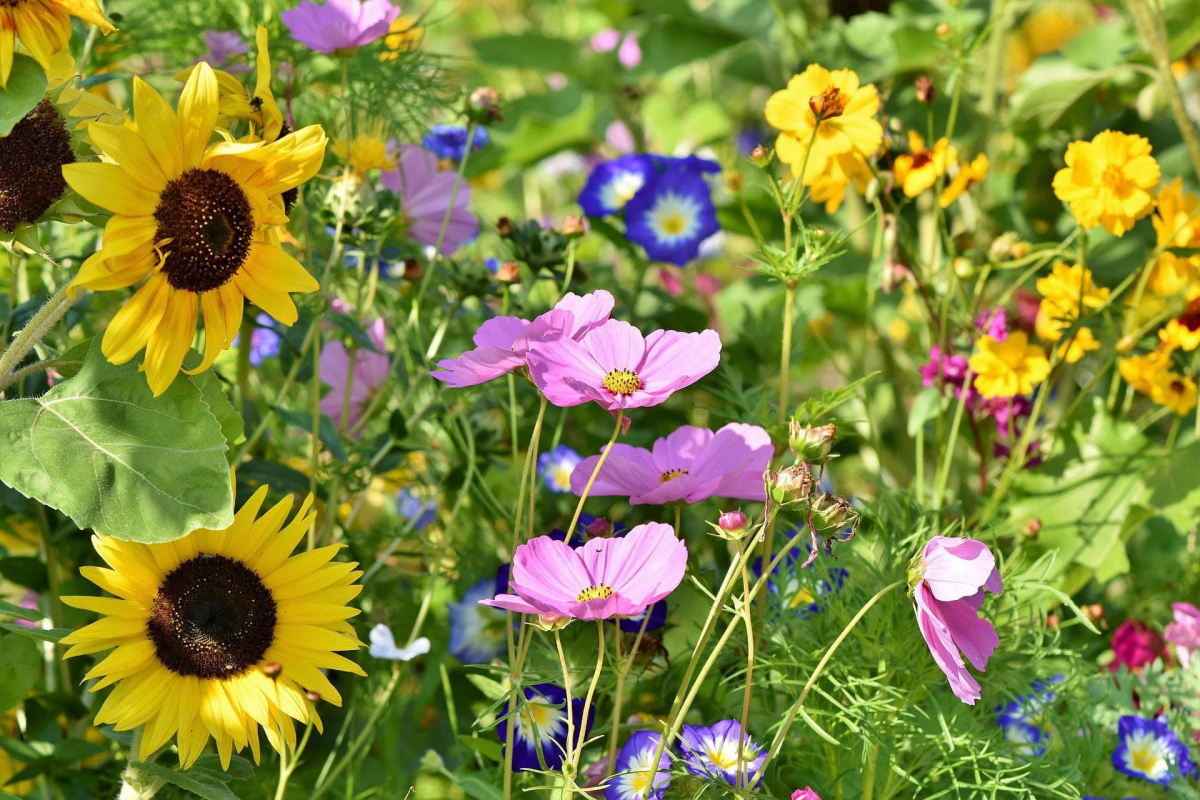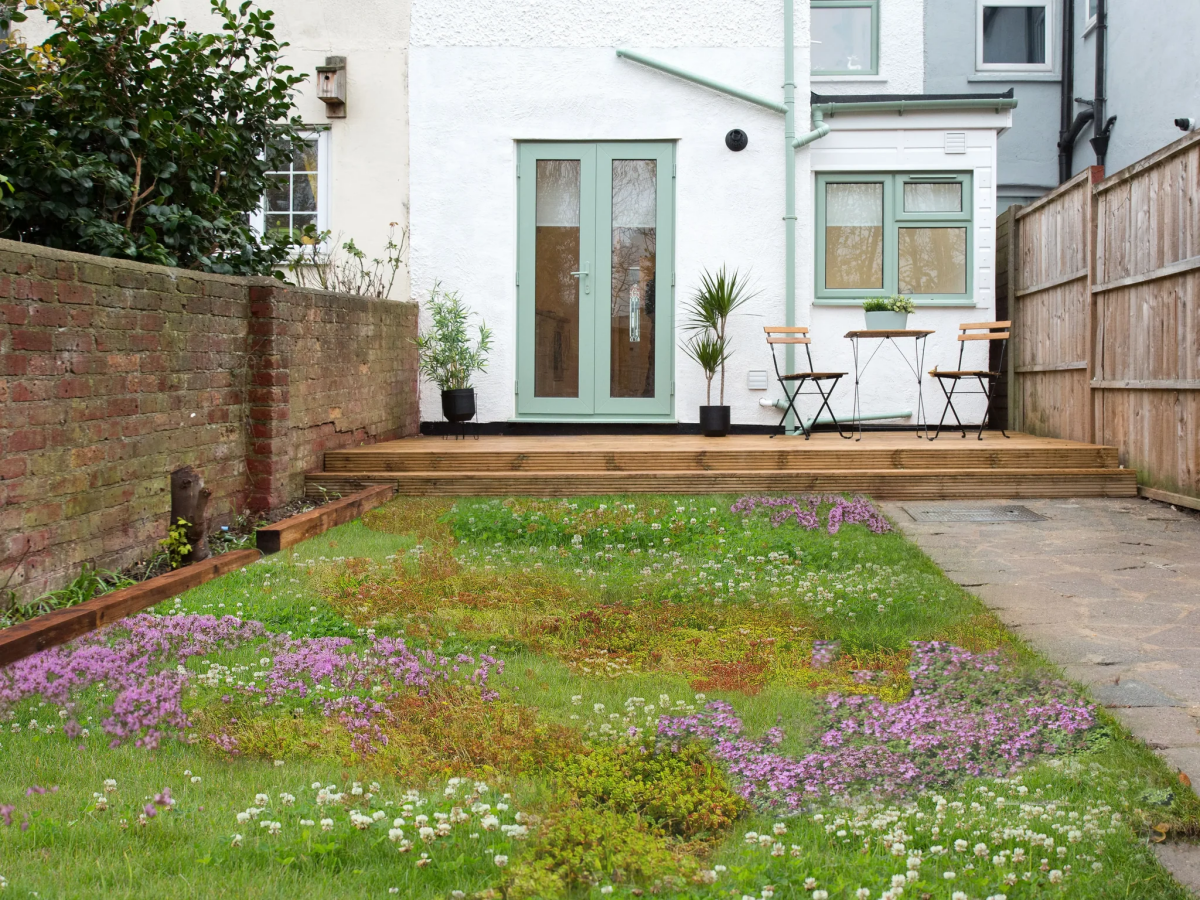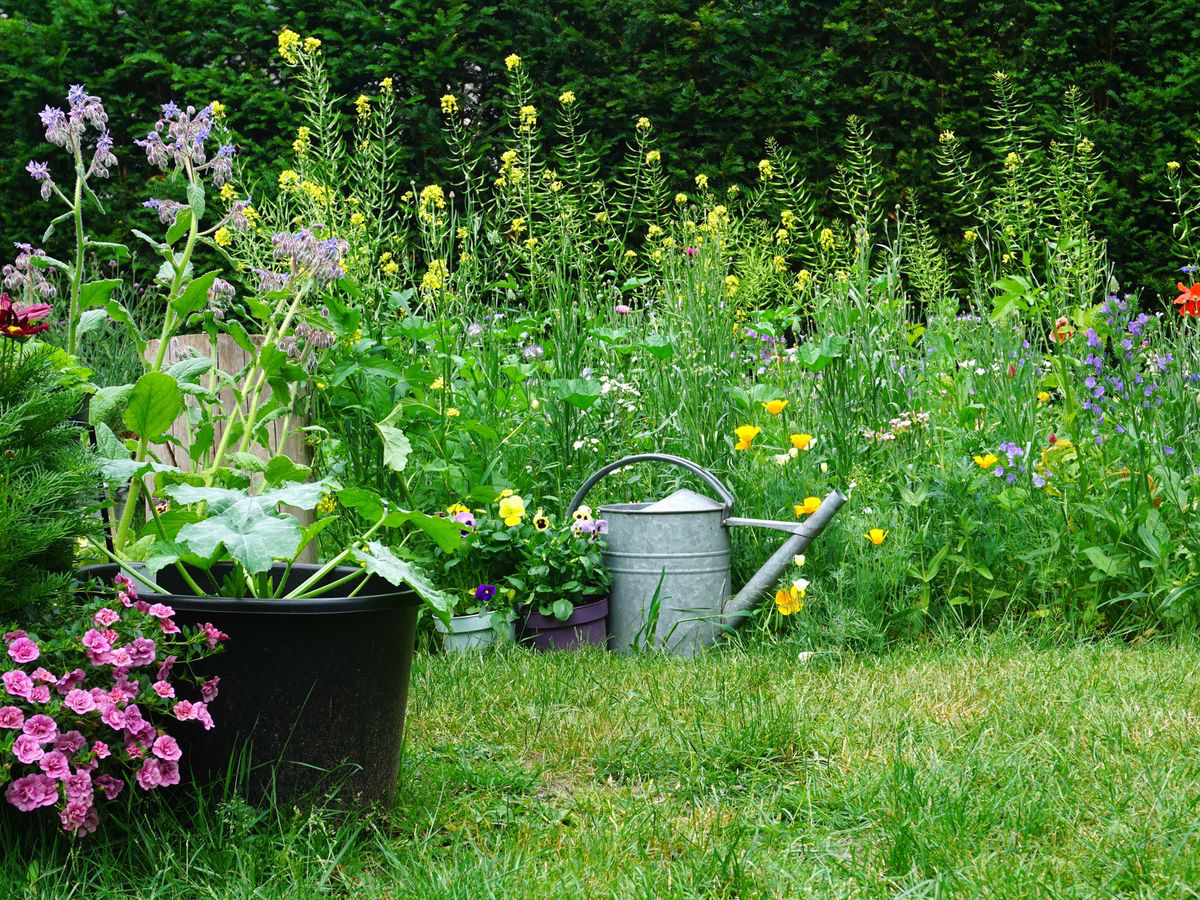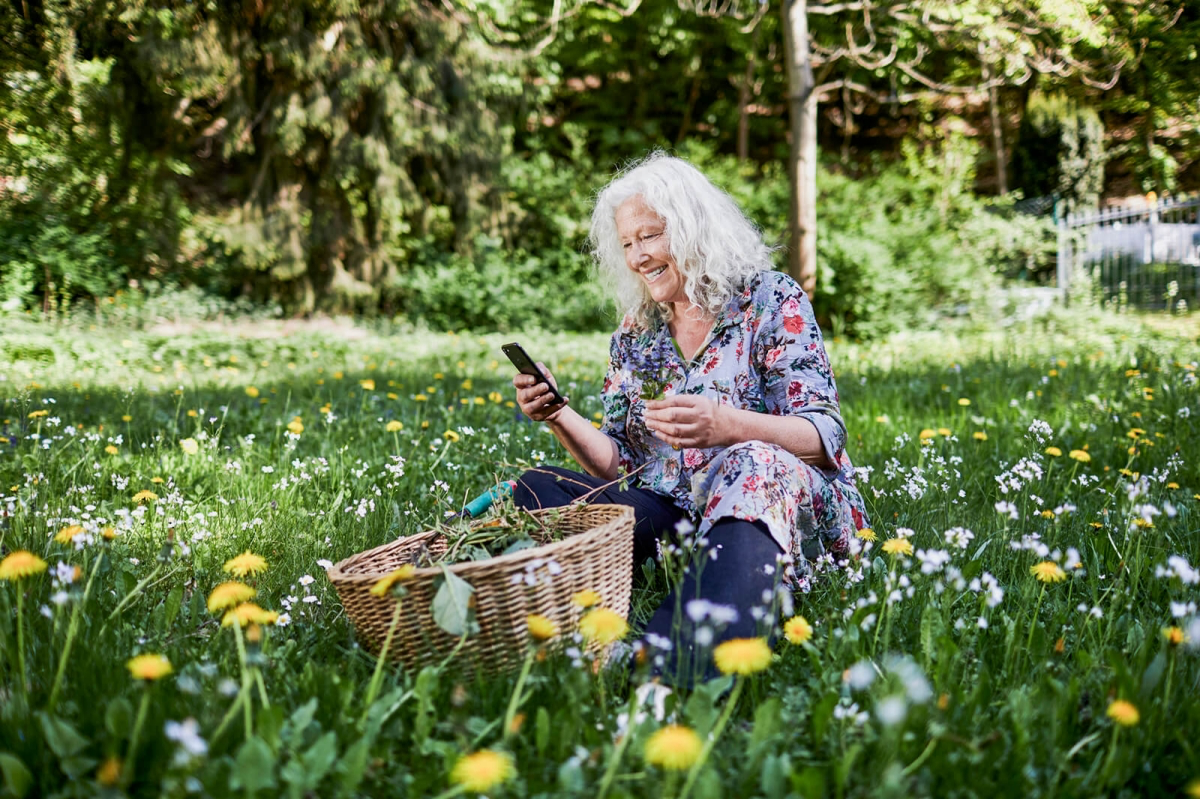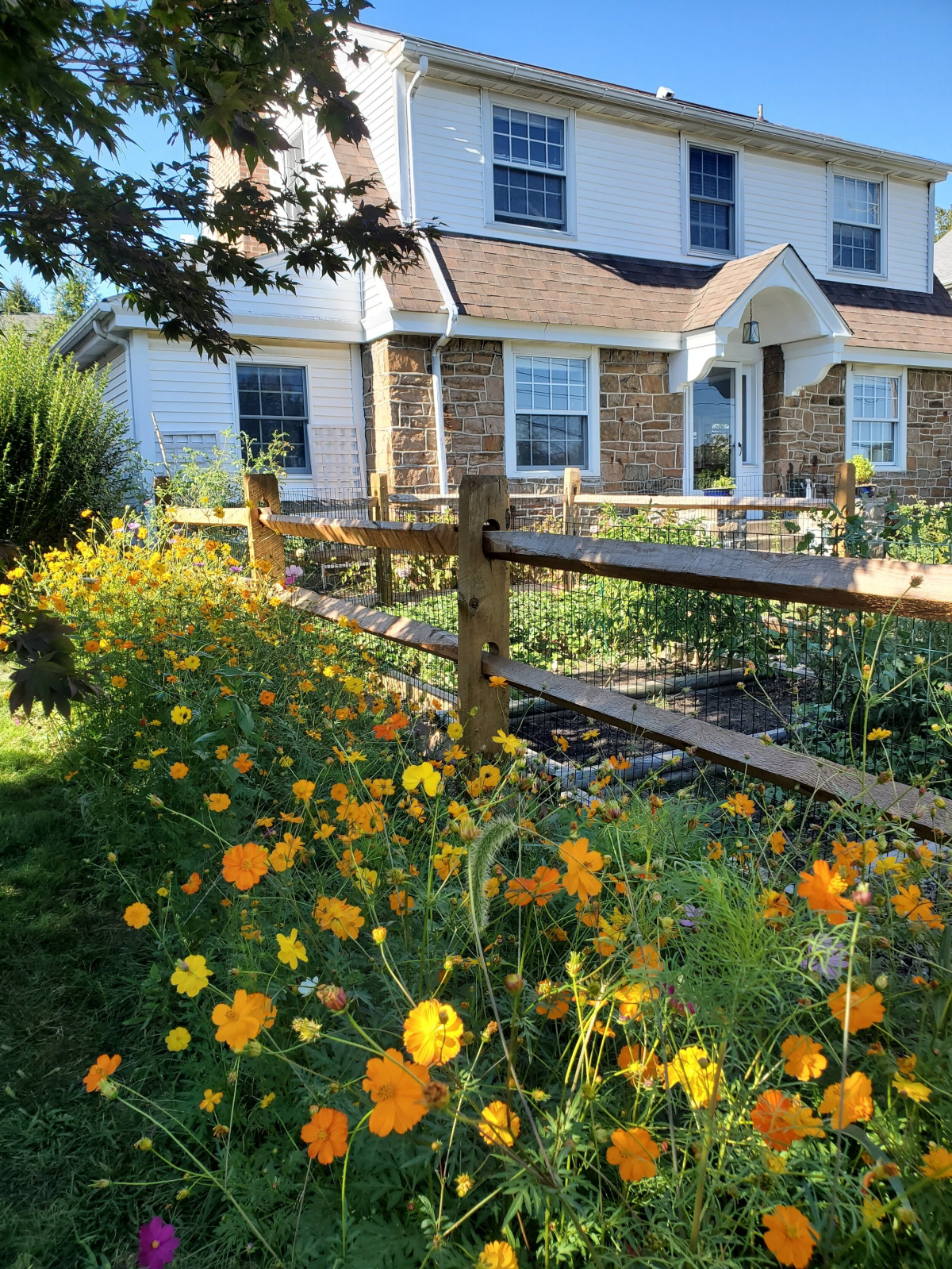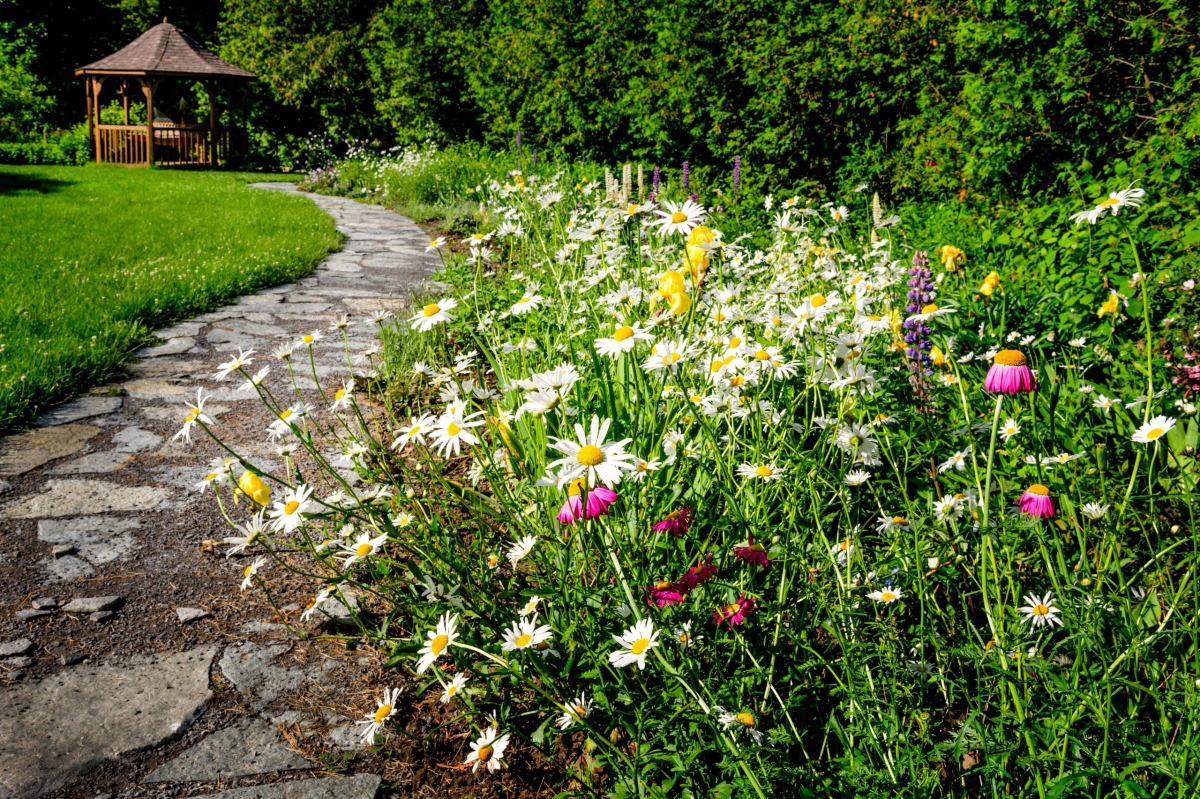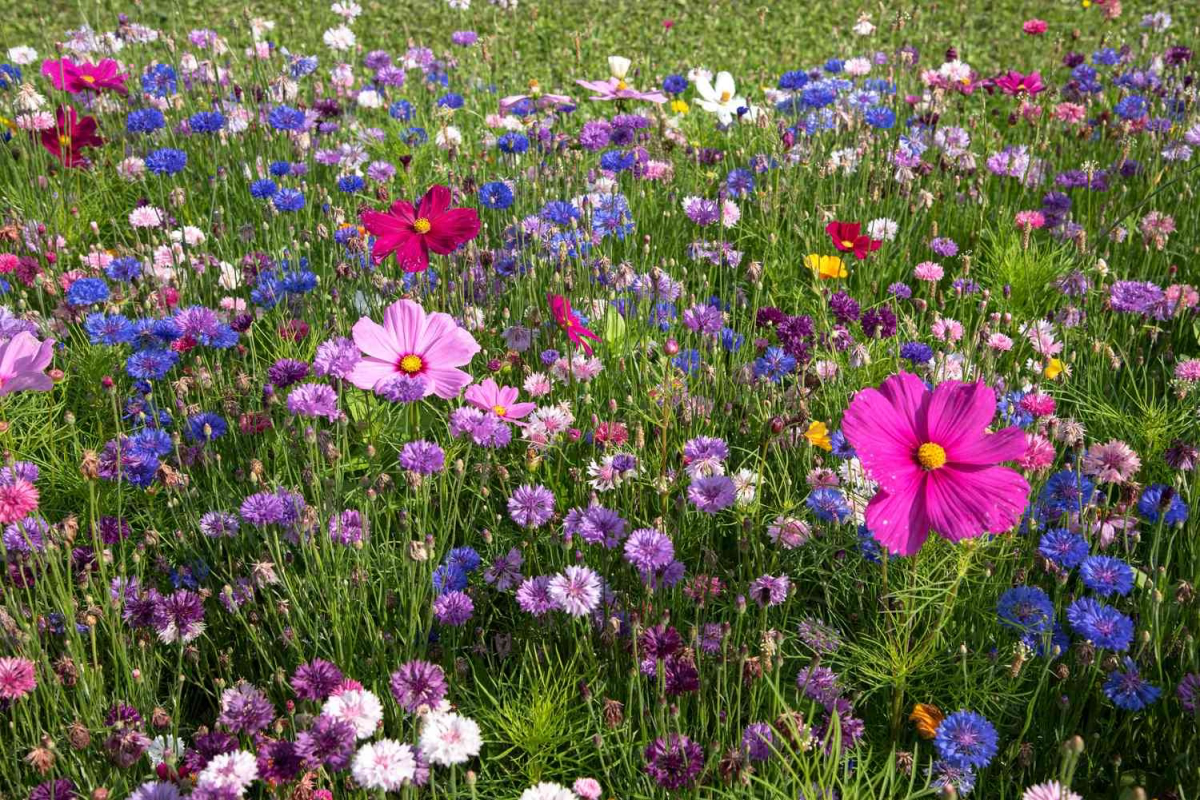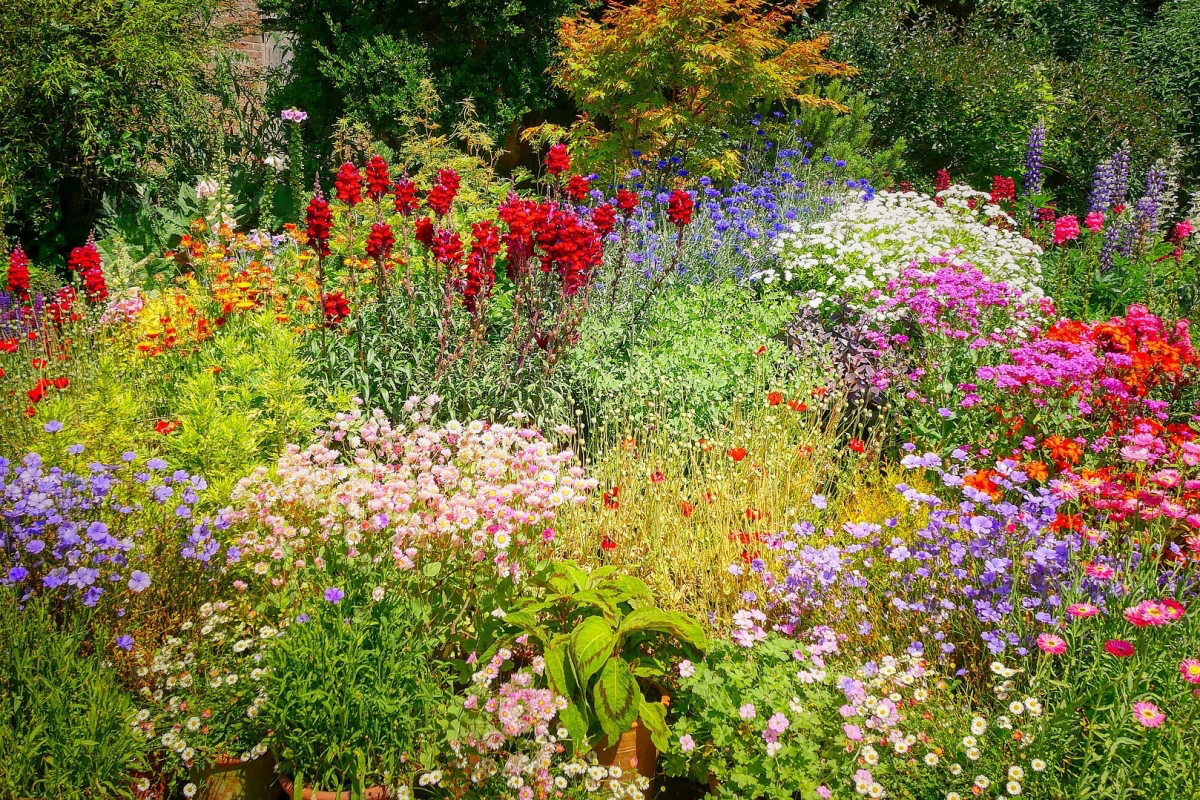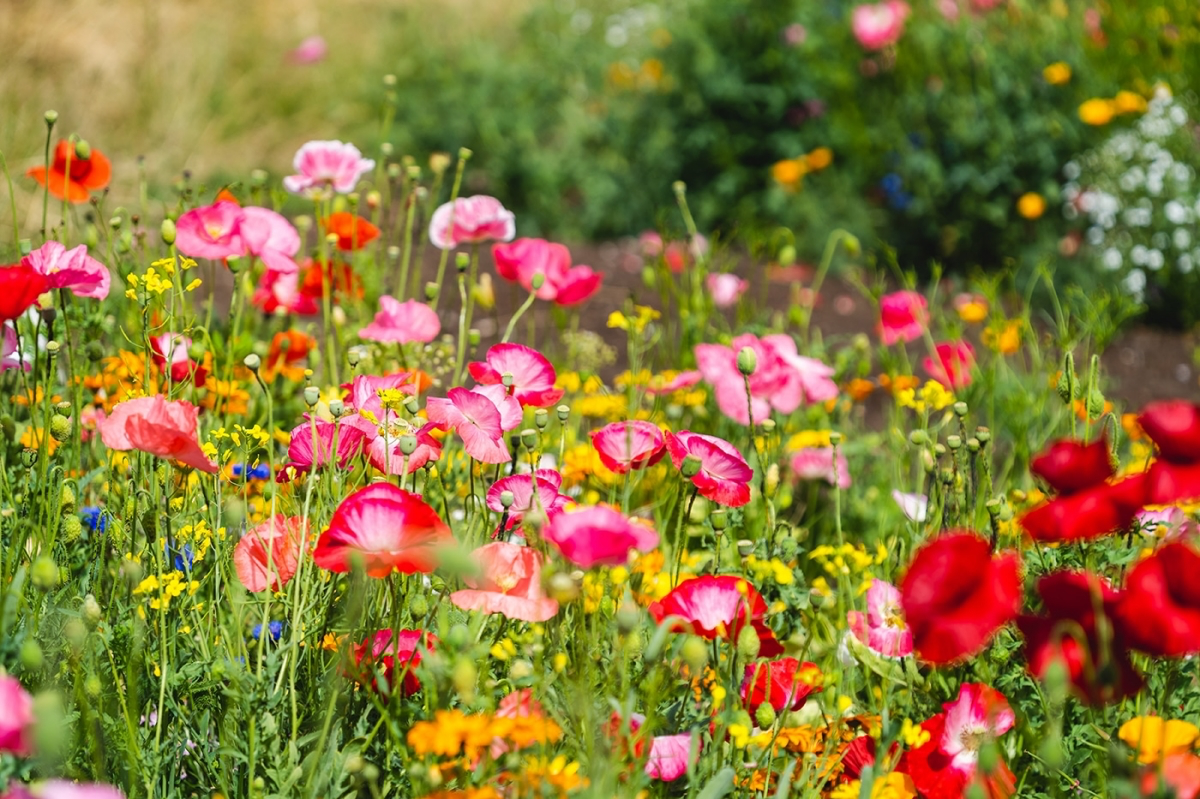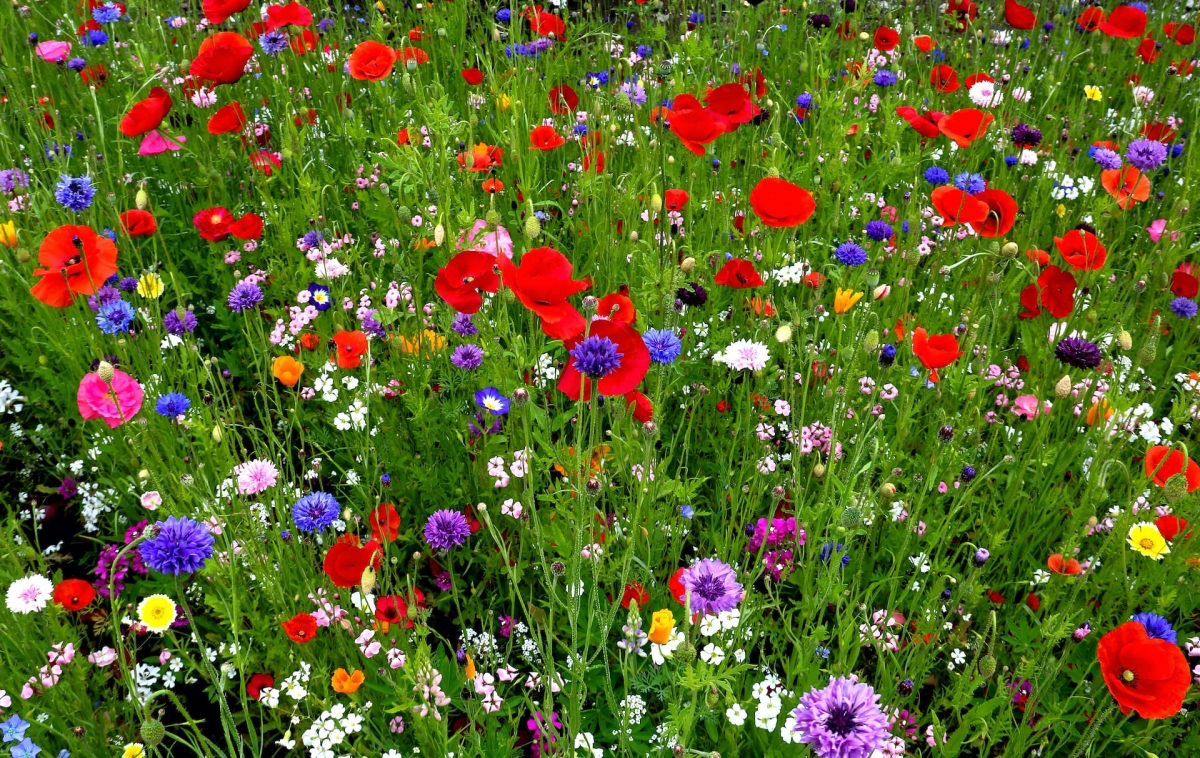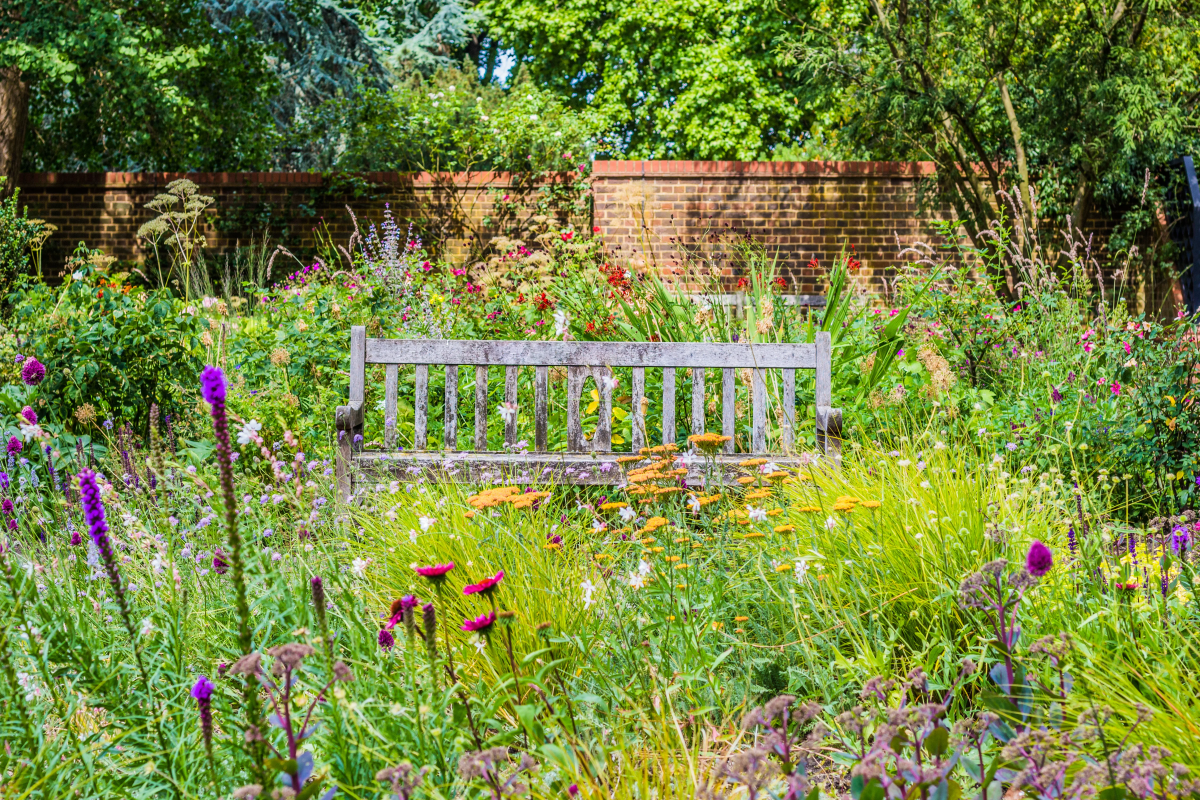Wildflower Lawn Guide: How to Create a Vibrant Meadow in Your Yard
In the world of gardening, there’s a growing trend that’s as captivating as it is environmentally conscious: the wildflower lawn. Imagine a lush carpet of colorful blooms swaying gently in the breeze, inviting butterflies, bees, and birds to dance among the petals. It’s a captivating vision that’s easier to achieve than you might think. In this guide, I’ll show you how to cultivate your own wildflower lawn, creating a sustainable oasis of natural beauty right in your backyard.
Learn how to cultivate a colorful, eco-friendly wildflower lawn that attracts pollinators
In this article
- What is a Wildflower Lawn?
- What are the Benefits of Cultivating a Wildflower Lawn?
- Who Should Cultivate a Wildflower Lawn?
- Who Should Avoid Wildflower Lawns?
- Choosing the Right Wildflower Seeds
- Preparing Your Lawn
- Planting Your Wildflower Seeds
- Caring for Your Wildflower Lawn
- Enjoying the Beauty and Benefits
- Real-Life Success Stories
- Challenges and Tips
- Conclusion
What is a Wildflower Lawn?
A wildflower lawn, also known as a wildflower meadow or naturalized lawn, is a landscape intentionally sown with a mixture of native wildflower seeds. Unlike traditional manicured lawns, wildflower lawns embrace the beauty of nature’s diversity, allowing a variety of wildflowers to grow naturally. These meadows are reminiscent of the untouched beauty of natural landscapes, with colorful blooms swaying in the wind, creating a visual feast for the eyes. Wildflower lawns are not only visually stunning but also support local ecosystems by providing habitat and food for pollinators like bees and butterflies.
Wildflower lawns embrace the beauty of nature’s diversity, allowing a variety of wildflowers to grow naturally
What are the Benefits of Cultivating a Wildflower Lawn?
Cultivating a wildflower lawn offers a range of benefits that extend beyond its aesthetic appeal. One of the most significant advantages is the support it provides to local wildlife. Native wildflowers attract pollinators, such as bees and butterflies, which play a crucial role in pollinating food crops and maintaining ecological balance. Additionally, wildflower lawns require less maintenance than traditional grass lawns, reducing the need for mowing and chemical inputs. They are also drought-resistant and help conserve water. Furthermore, wildflower lawns contribute to soil health by improving its structure and promoting beneficial microorganisms. Overall, cultivating a wildflower lawn is an eco-friendly and visually pleasing choice for homeowners.
Native wildflowers attract pollinators, such as bees and butterflies
Who Should Cultivate a Wildflower Lawn?
Wildflower lawns are an excellent choice for individuals who appreciate the natural beauty of meadows and want to contribute positively to the environment. They are particularly suitable for:
- Nature Enthusiasts: If you have a passion for wildlife, gardening, or simply being in nature, a wildflower lawn can be a rewarding project.
- Eco-Conscious Gardeners: Those looking to reduce their ecological footprint and promote biodiversity in their landscapes will find wildflower lawns align with their values.
- Low-Maintenance Landscapers: If you prefer a low-maintenance yard, wildflower lawns require less care than traditional grass lawns.
- Pollinator Protectors: Individuals concerned about the decline of pollinators and the impact on food production will appreciate the support wildflower lawns provide to these essential insects.
Wildflower lawns require less care than traditional grass lawns
Who Should Avoid Wildflower Lawns?
While wildflower lawns offer numerous benefits, they may not be suitable for everyone. Consider avoiding a wildflower lawn if:
- Strict Aesthetic Preferences: If you prefer the manicured and uniform appearance of traditional lawns, a wildflower meadow’s naturalistic look might not align with your taste.
- Local Regulations: Some municipalities or homeowner associations may have rules or restrictions regarding landscaping choices. Ensure you are in compliance with local regulations before planting a wildflower lawn.
- Severe Allergies: Individuals with severe pollen allergies should be cautious, as wildflowers can produce pollen that may exacerbate allergies.
- Pets: If you have pets that frequently use your yard, keep in mind that certain wildflower species may have thorns or other features that could be uncomfortable for them.
Some municipalities or homeowner associations may have rules or restrictions regarding landscaping
Choosing the Right Wildflower Seeds
Selecting the right wildflower seeds is a critical first step in creating your wildflower lawn. To ensure your wildflower meadow thrives and supports local wildlife effectively, native species should be your top choice. Native plants are well adapted to your region’s specific conditions and provide essential food and habitat for local pollinators and fauna. Consider your geographical location and the prevailing climate when choosing your wildflower mix.
Native plants are well adapted to your region’s specific conditions
Different wildflower varieties thrive in specific conditions, so it’s essential to pick seeds suited to your region. This ensures your wildflower lawn will flourish, even in the face of local weather challenges. Creating a diverse mix of wildflowers is not only visually appealing but also ecologically sound. A diverse mix of species will attract a broad range of pollinators and beneficial insects, contributing to a healthier and more resilient ecosystem within your lawn.
A diverse mix of species will attract a broad range of pollinators
Preparing Your Lawn
Preparing your lawn for the transformation into a wildflower meadow is a crucial step in ensuring the success of your project. Begin by conducting a soil test to gain insights into your soil’s composition, pH levels, and nutrient content. Understanding your soil’s characteristics will help you make informed decisions about soil amendments and fertilizer applications. Depending on your soil test results, you may need to amend the soil to create an optimal growing environment for your chosen wildflowers. Soil amendments could include organic matter, such as compost or well-rotted manure, to improve soil structure and fertility. Adjusting the soil’s pH level may also be necessary to accommodate the specific needs of your wildflower species.
Understanding your soil’s characteristics will help you make informed decisions
The next step involves clearing the area of existing grass and weeds. You can choose to do this manually, which allows you to savor the process and ensure thorough removal, or opt for organic herbicides if you have a larger area to clear. Removing competing vegetation is essential to give your wildflowers the best chance to establish themselves without competition. Selecting the right time for planting is crucial. In most regions, the ideal planting times are either in early spring or late fall when soil temperatures are conducive to seed germination. Timing your planting correctly will help your wildflowers get off to a strong start.
Removing competing vegetation is essential to give your wildflowers the best chance
Planting Your Wildflower Seeds
Planting wildflower seeds is a delightful and hands-on experience that connects you with the beauty of nature. There are two primary methods for sowing wildflower seeds: broadcasting and hand-sowing. In the broadcasting method, you evenly spread the seeds across your lawn area. This approach provides a more natural and random distribution of seeds, mimicking how wildflowers might naturally disperse in the wild. Alternatively, you can opt for the hand-sowing method, which allows for more precision in seed placement. This can be particularly useful if you have specific design ideas for your wildflower meadow.
There are two primary methods for sowing wildflower seeds: broadcasting and hand-sowing
Proper seed depth and coverage are essential for successful germination. Following the recommended planting depth for your chosen wildflower species ensures that the seeds receive the right amount of light and moisture to sprout. Adequate seed coverage across your entire lawn area is crucial to achieving a lush and vibrant meadow. To encourage germination, consistent watering is vital. Newly sown wildflower seeds require moisture to establish strong roots and develop into healthy plants. Be attentive to your wildflower meadow’s moisture needs during its early growth stages, providing supplemental watering if necessary to help the seeds thrive. With patience and care, you’ll soon witness the beauty of your wildflower lawn in full bloom, teeming with life and color.
Be attentive to your wildflower meadow’s moisture needs during its early growth stages
Caring for Your Wildflower Lawn
Once your wildflower lawn is established, caring for it is surprisingly straightforward. Native wildflowers are well-suited to local conditions and are known for their resilience and adaptability. Here are some essential care tips for maintaining your wildflower meadow:
- Minimal Watering: One of the remarkable benefits of native wildflowers is their ability to thrive with minimal watering once they are established. Unlike traditional lawns, which often require regular irrigation, your wildflower lawn can rely on natural rainfall in most cases. This not only conserves water but also reduces your lawn’s environmental impact.
- Mowing Routine: While mowing is less frequent than with traditional lawns, it’s still essential to keep your wildflower lawn looking tidy. Depending on your wildflower mix and desired aesthetics, mowing can be done a few times a year or less. Aim to mow in late fall or early spring, as this helps promote healthy regrowth and prevents your meadow from becoming too dense.
- Weed and Pest Management: Be vigilant for weeds and pests, but rest assured that a healthy wildflower meadow can often outcompete unwanted intruders. Regularly inspect your lawn and address any weed issues promptly. Hand-pulling or spot treatments with organic solutions are typically effective and environmentally friendly.
- Fertilization: Unlike traditional lawns that often require regular fertilization, wildflower lawns are relatively self-sustaining. Native wildflowers have adapted to thrive in their specific environments and can obtain nutrients naturally. Avoid using chemical fertilizers, as they can disrupt the delicate balance of your meadow.
Rest assured that a healthy wildflower meadow can often outcompete unwanted intruders
Enjoying the Beauty and Benefits
Your efforts will soon be rewarded as your wildflower lawn transforms into a breathtaking tapestry of colors, scents, and buzzing life. Beyond its undeniable aesthetic appeal, your wildflower meadow offers a multitude of benefits:
- Ecological Balance: Your wildflower lawn will attract a diverse array of pollinators, including bees, butterflies, and other beneficial insects. By providing these essential habitats and food sources, you contribute to the ecological balance of your local ecosystem.
- Low-Maintenance Landscaping: Wildflower lawns are renowned for their low-maintenance nature. With minimal mowing and watering requirements, they reduce the need for time, resources, and chemical inputs often associated with traditional lawns.
A great way to contribute to the ecological balance of your local ecosystem
Real-Life Success Stories
Hearing from individuals who have embarked on their wildflower lawn journey and witnessed the transformation of their outdoor spaces can be both motivating and enlightening. Here are a few real-life success stories from homeowners who have successfully cultivated their own vibrant and thriving wildflower meadows:
- The Meadow Enthusiasts – Sarah and John: Sarah and John, a nature-loving couple from the Midwest, decided to convert their traditional lawn into a wildflower meadow. Despite initial skepticism from neighbors, their meadow soon burst into a riot of colors and attracted a diverse range of pollinators. Sarah shares, “Our meadow has become a haven for bees and butterflies. It’s a testament to the power of native plants.”
- The Suburban Transformation – Emily: Emily, a suburban homeowner, was tired of the high maintenance and water-intensive demands of her conventional lawn. She opted for a wildflower meadow with a mix of native species tailored to her region. Emily reflects, “I can’t believe how much easier it is to maintain, and the wildflowers bring such joy to our family. Plus, our water bill has significantly decreased.”
- The Urban Oasis – Javier: Living in a small urban apartment with limited outdoor space didn’t deter Javier from his wildflower dream. He transformed his balcony into a mini wildflower haven using containers and window boxes. “It’s amazing how much life these flowers attract in the heart of the city,” Javier notes. “I’ve had hummingbirds visit regularly.”
- The Community Builders – Lisa and Mark: Lisa and Mark, passionate about conservation, decided to create a wildflower meadow in their local community park. It was a collaborative effort that involved volunteers and local organizations. Mark says, “Our meadow has not only beautified the park but also sparked a sense of community and environmental awareness among our neighbors.”
“Our meadow has become a haven for bees and butterflies. It’s a testament to the power of native plants.”
Challenges and Tips
These success stories are accompanied by valuable insights and tips for those considering their wildflower lawn journey:
- Patience Pays Off: Many of these gardeners emphasize the importance of patience. Wildflower meadows take time to establish, but the results are worth the wait.
- Local Knowledge: Understanding your local ecosystem and choosing native species adapted to your region is key. Sarah advises, “Native plants are the backbone of a successful meadow.”
- Adaptive Management: Emily underscores the need for adaptive management. “You’ll learn as you go,” she says. “Adjust your care routine based on what works best for your specific meadow.”
- Community Involvement: Lisa and Mark highlight the power of community involvement. “Don’t hesitate to involve others,” Mark suggests. “You can achieve more together and inspire a sense of stewardship.”
Understanding your local ecosystem and choosing native species is key
These real-life stories illustrate that wildflower lawns are not just beautiful landscapes but also transformative journeys that connect individuals with nature, promote biodiversity, and foster a sense of environmental stewardship.
Now you know how to transform your outdoor space into an oasis
Conclusion
In conclusion, cultivating a wildflower lawn is a delightful and rewarding way to enhance the beauty of your surroundings while actively contributing to the well-being of your local ecosystem. It’s a gardening venture that seamlessly blends aesthetics with conservation, allowing you to enjoy the wonders of nature right at your doorstep. So, roll up your sleeves, follow the steps outlined here, and embrace the vibrant, eco-friendly world of wildflower lawns. Happy gardening!
Now you know why wildflower lawns are the way to go!
